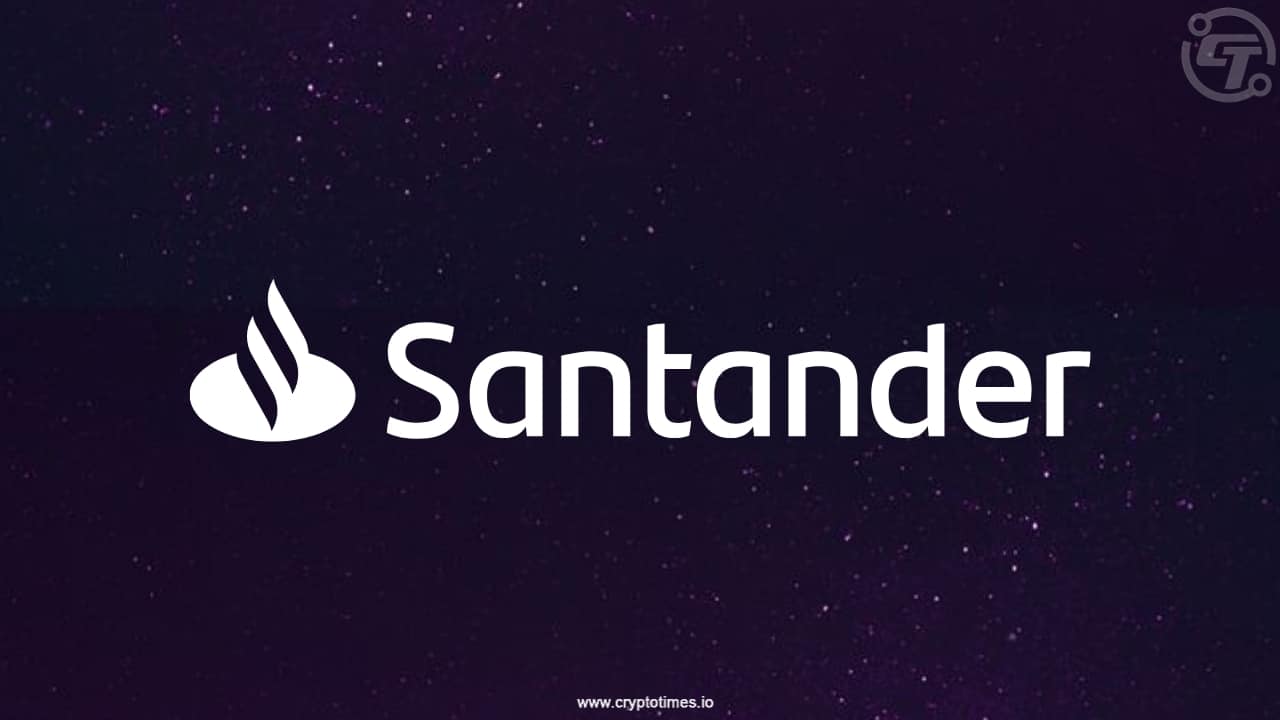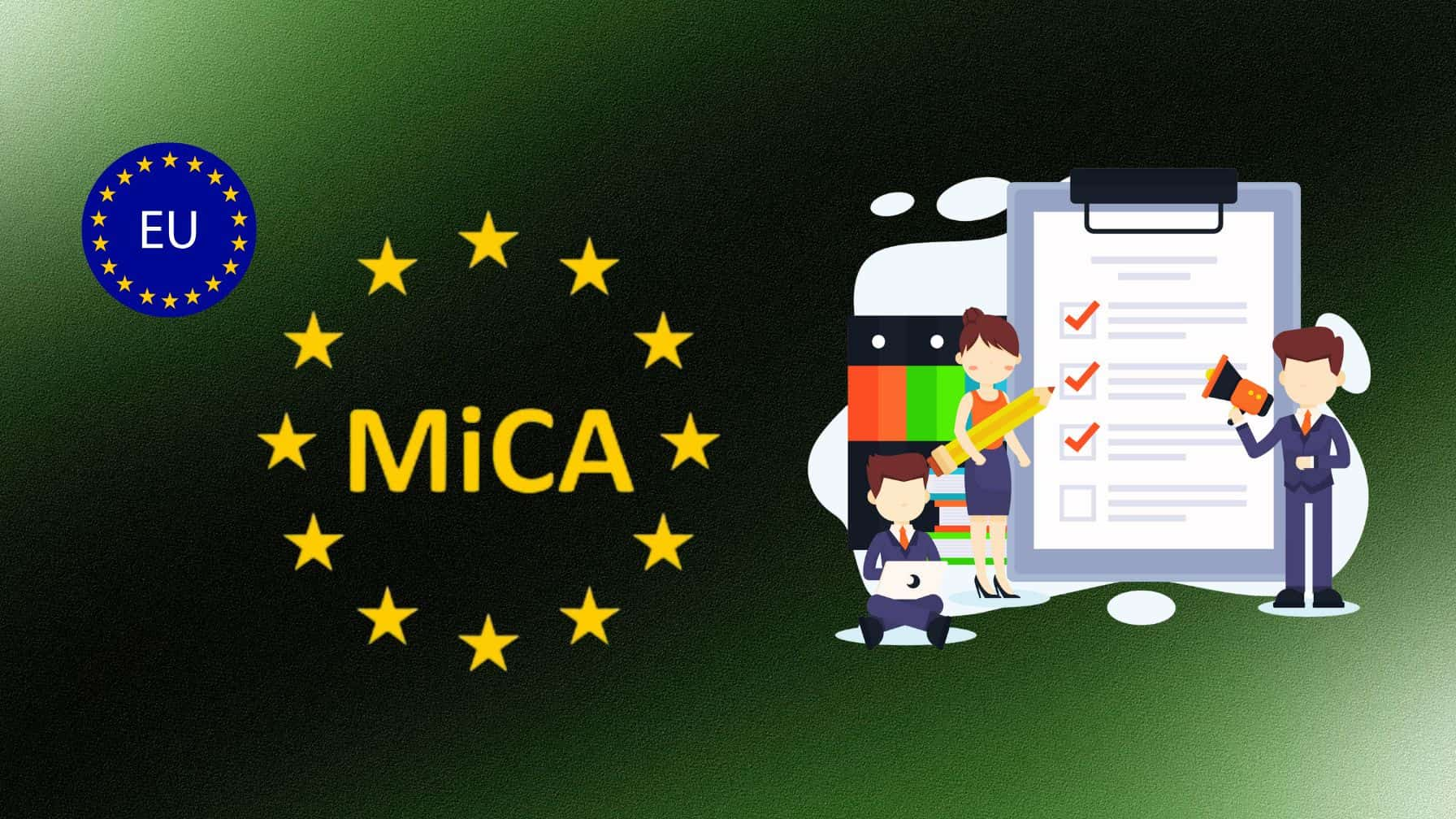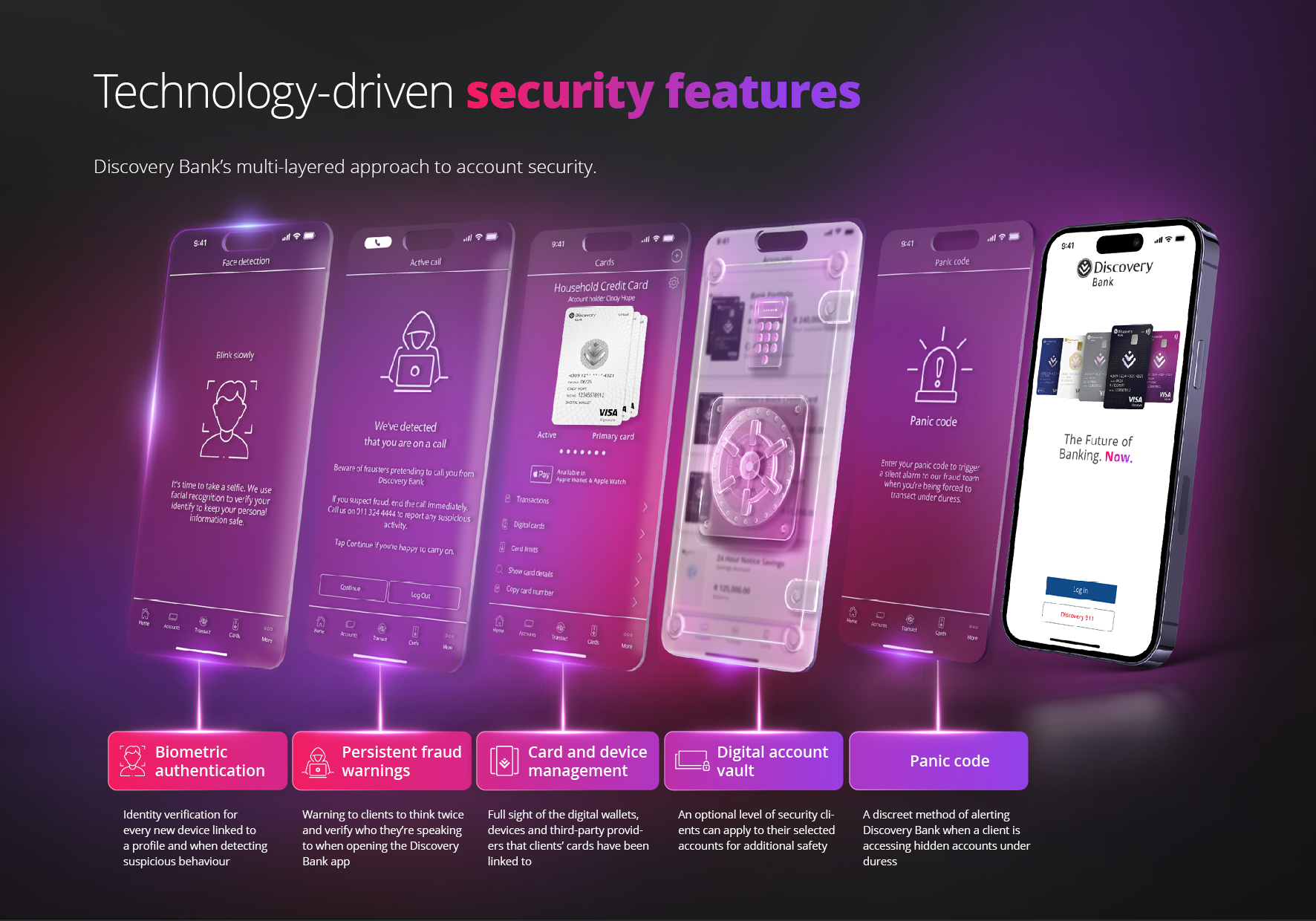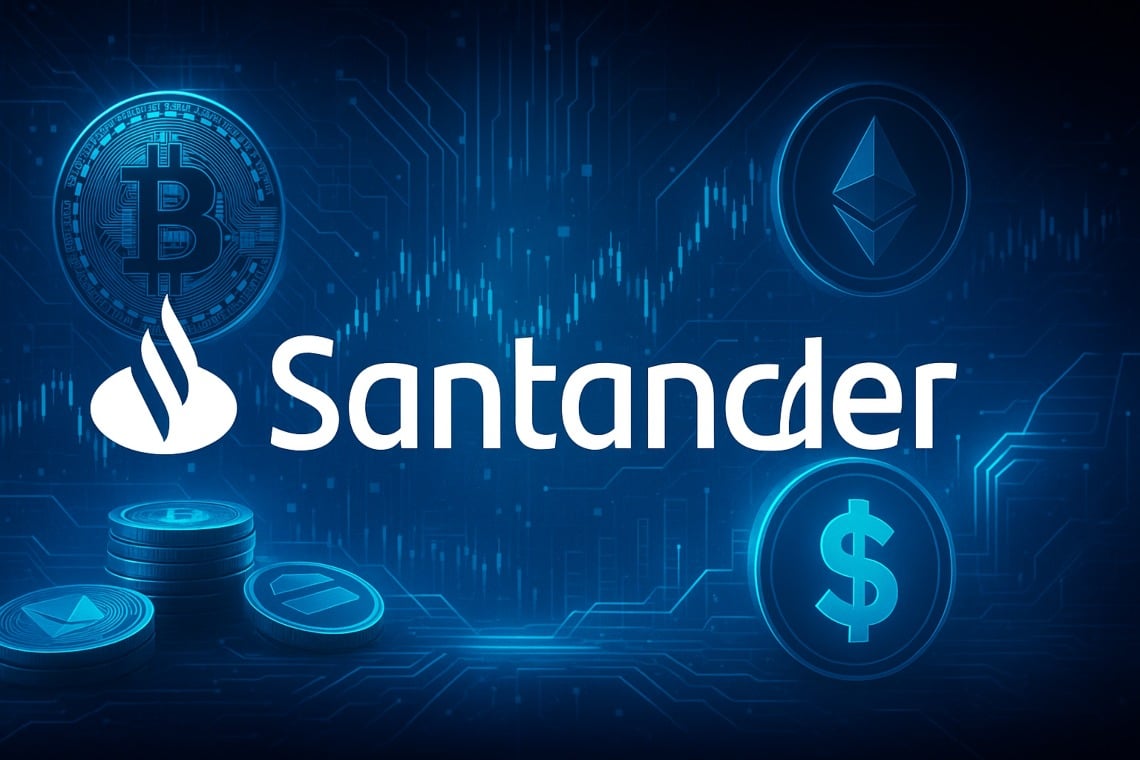
Spain’s banking giant has officially stepped into the crypto arena, and the implications for secure crypto buyers could be transformative. On September 16,2025, Banco Santander’s digital subsidiary, Openbank, launched a cryptocurrency trading service in Germany, with plans to expand soon to Spanish customers. This move is more than just another product launch; it marks a powerful signal of mainstream crypto adoption, as one of Europe’s most established financial institutions brings digital assets into its regulated ecosystem.
Banco Santander Crypto Trading: What Sets This Move Apart?
Banco Santander isn’t simply testing the crypto waters. Through Openbank, it now allows retail clients to buy and sell Bitcoin (BTC), Ethereum (ETH), Litecoin (LTC), Polygon (MATIC), and Cardano (ADA) directly within their existing banking interface. The platform operates under the European Union’s Markets in Crypto-Assets (MiCA) regulation – a critical detail for anyone prioritizing secure ways to buy cryptocurrency. With a competitive trading fee of 1.49%, Openbank is positioning itself as a serious player among both traditional banks and native crypto exchanges.
This regulatory clarity is essential. For years, many potential investors have hesitated to enter the market due to concerns about security standards and lack of trustworthy onramps. Now, with Banco Santander’s MiCA license and robust compliance infrastructure in place (source), buyers can access digital assets through an institution with deep roots in European finance.
Mainstream Crypto Adoption: The Domino Effect Across Europe
The timing couldn’t be more significant. As of today, Banco Santander S. A. trades at $10.07, reflecting steady investor confidence amid this strategic pivot. Openbank’s rollout follows similar moves by Spain’s second-largest bank BBVA, which now lets retail clients buy and hold Bitcoin and Ethereum via its mobile app – even offering custody partnerships with Binance (details here). The pattern is clear: institutional crypto adoption is accelerating rapidly across Europe.
This shift matters not just for market perception but also for practical security upgrades. Unlike many unregulated exchanges that have faced high-profile hacks or insolvencies, these banks operate under stringent oversight – including anti-money laundering controls and customer protection protocols demanded by MiCA.
What Secure Crypto Buyers Gain from Institutional Entry
The advantages for security-focused investors are tangible:
- Trusted Infrastructure: Buyers transact through familiar platforms backed by decades of operational experience.
- Regulatory Safeguards: MiCA compliance means enhanced consumer rights and transparency regarding asset handling.
- Simplified Access: No need to transfer funds between banks and external exchanges; everything happens within your main account.
- Competitive Fees: At 1.49%, Openbank undercuts many traditional brokers while offering bank-grade reliability.
Bitcoin (BTC) Price Prediction 2026-2031 After Major Bank Adoption
Forecasts reflect the impact of Santander’s Openbank crypto trading launch, MiCA regulation, and mainstream financial adoption in Europe.
| Year | Minimum Price | Average Price | Maximum Price | Year-over-Year % Change (Avg) | Market Scenario Insights |
|---|---|---|---|---|---|
| 2026 | $109,000 | $124,500 | $142,000 | +8% | Post-bank adoption consolidation; increased institutional inflows, but volatility persists as Europe adapts to new regulations. |
| 2027 | $115,000 | $136,000 | $158,000 | +9% | Further expansion of bank offerings to more EU states; broader investor trust and regulatory clarity drive gradual price growth. |
| 2028 | $123,000 | $148,500 | $180,000 | +9% | Continued mainstreaming as additional banks follow Santander’s lead; possible ETF launches in Europe; slower but steady upward trend. |
| 2029 | $134,000 | $162,000 | $210,000 | +9% | Halving event impacts supply; increased adoption by wealth managers; higher highs possible during bull market cycle. |
| 2030 | $145,000 | $177,000 | $235,000 | +9% | Wider global adoption; integration with payment systems; potential for market exuberance and larger price swings. |
| 2031 | $160,000 | $195,000 | $260,000 | +10% | Mature phase of adoption; institutional-grade custody and DeFi integration; price stabilizes at higher levels with reduced volatility. |
Price Prediction Summary
Bitcoin’s price outlook from 2026 to 2031 is broadly bullish, reflecting the growing integration of cryptocurrencies into mainstream banking and finance. The entry of major European banks like Santander’s Openbank signals a new era of adoption, regulatory clarity, and trust, supporting a progressive and logical price appreciation. While volatility and market cycles remain, the long-term trajectory is positive, with BTC potentially reaching an average of $195,000 by 2031 if current trends persist.
Key Factors Affecting Bitcoin Price
- Mainstream adoption by major banks (Santander, BBVA) increases trust and access for retail and institutional buyers.
- EU MiCA regulation provides legal clarity and supports secure, compliant trading environments.
- Potential for further adoption by other global banks and integration with traditional finance.
- Bitcoin halving cycles (notably in 2028/2029) reduce supply and historically drive price appreciation.
- Technological improvements (layer-2 scaling, custody, and security) enhance usability and investor confidence.
- Competition from other digital assets (ETH, ADA) and regulatory risks could temper upside, especially during bear cycles.
Disclaimer: Cryptocurrency price predictions are speculative and based on current market analysis.
Actual prices may vary significantly due to market volatility, regulatory changes, and other factors.
Always do your own research before making investment decisions.
The broader trend is unmistakable: as more legacy banks integrate cryptocurrencies under rigorous regulatory frameworks, buying cryptocurrency safely becomes less about navigating risky platforms and more about leveraging the same protections you expect from any other major financial service.
For those who have watched the crypto space from the sidelines, wary of hacks, scams, or regulatory uncertainty, this new era signals a profound shift. Now, with options like Openbank’s integrated crypto trading and custody, investors can approach digital assets with a level of confidence previously reserved for traditional stocks or bonds.

How Institutional Adoption Raises Crypto Security Standards
When a heavyweight like Banco Santander commits to crypto trading, it’s not just about access, it’s about raising the bar for security and compliance. Unlike smaller exchanges that may struggle to keep up with evolving regulations or cyber threats, major banks are compelled by law and reputation to maintain rigorous standards. Their technical teams are seasoned in fraud prevention and operational resilience, offering layers of protection that retail-focused platforms often lack.
Key Security Features: Regulated Banks vs. Crypto Exchanges
-

MiCA Regulatory Compliance: Regulated banks like Openbank (Santander) operate under the European Union’s Markets in Crypto-Assets (MiCA) framework, ensuring strict oversight, investor protection, and transparency—unlike many typical crypto exchanges that may lack comprehensive regulatory coverage.
-

Integrated Custody Solutions: Banks such as BBVA and Santander offer in-house crypto custody, safeguarding digital assets within their secure banking infrastructure. Many crypto exchanges, by contrast, often rely on third-party or self-custody solutions, which can expose users to additional risks.
-

Robust Account Protection: Regulated banks provide multi-factor authentication, advanced fraud detection, and account recovery options familiar to traditional banking clients. Some crypto exchanges may offer similar features, but standards and enforcement can vary widely.
-

Deposit Insurance for Fiat Balances: While crypto assets themselves are not insured, fiat deposits held at regulated banks are typically protected by national deposit guarantee schemes (such as Spain’s Fondo de Garantía de Depósitos), offering an extra layer of security for customer funds—something most crypto exchanges do not provide.
-

Transparent Fee Structures: Banks like Santander’s Openbank disclose clear and regulated trading fees (e.g., 1.49% per trade), helping customers understand costs upfront. Fee structures on typical crypto exchanges can be more opaque or subject to sudden changes.
Most importantly for buyers seeking secure ways to buy cryptocurrency, funds are held in segregated accounts, meaning your digital assets aren’t mixed with the bank’s own balance sheet or exposed to risky lending practices. This is a critical distinction as the industry matures and regulators demand greater transparency from all players.
What This Means for Everyday Crypto Buyers
The mainstreaming of crypto through institutions like Banco Santander and BBVA doesn’t just serve high-net-worth individuals or tech-savvy traders. It opens doors for everyday savers who want exposure to Bitcoin (BTC), Ethereum (ETH), Cardano (ADA), Polygon (MATIC), or Litecoin (LTC) without navigating unfamiliar apps or worrying about private key management.
User experience is central: seamless onboarding, clear fee structures (like Openbank’s 1.49%), and direct integration into existing banking dashboards create a frictionless path for first-time buyers. This is especially important in Spain and Germany, two markets with robust retail banking cultures but historically cautious attitudes toward speculative assets.
With these developments, we’re seeing a new definition of crypto security standards: not just technological safeguards but also legal guarantees and recourse mechanisms if something goes wrong. In short, buying cryptocurrency safely is no longer just a tech problem, it’s a service standard set by Europe’s largest financial institutions.
Looking Ahead: The Next Phase of Mainstream Crypto Adoption
The domino effect is already in play. As more banks follow Santander’s lead, and as EU-wide regulations like MiCA become the norm, the stigma around digital assets continues to fade. Investor education will improve as banks provide guidance alongside their products; expect more transparent risk disclosures, better customer support, and even integration with tax reporting tools.
This isn’t just good news for those already invested; it signals an open invitation to millions who have waited for mainstream validation before taking their first step into crypto markets. The days of choosing between security and accessibility are ending, at least in Europe’s most progressive banking corridors.
The bottom line? Banco Santander S. A. ’s stock price at $10.07 reflects not only its financial health but also growing market faith in forward-thinking strategies like institutional crypto adoption. For buyers prioritizing safety and simplicity, these changes could make all the difference as digital assets become an everyday part of personal finance portfolios.






